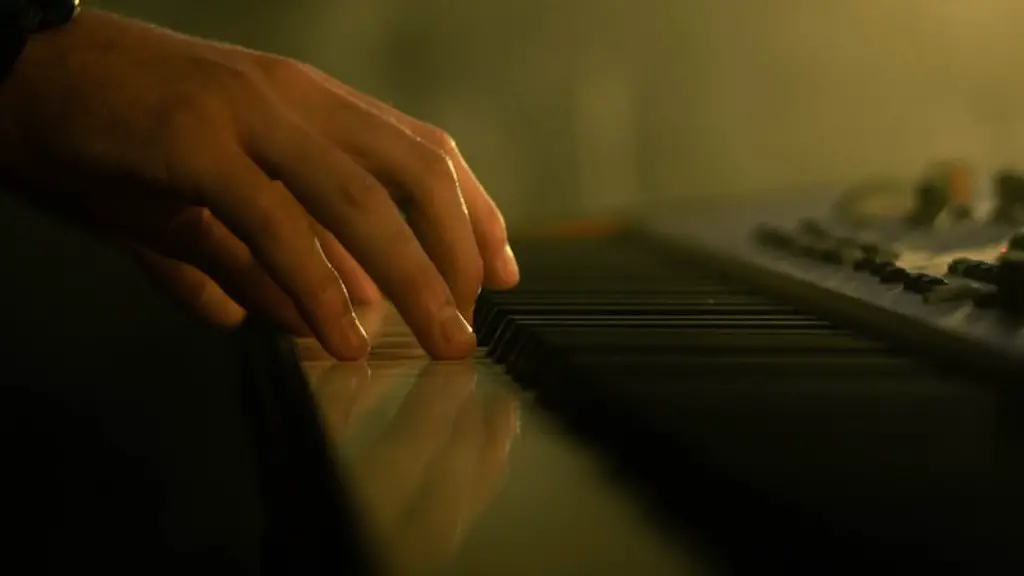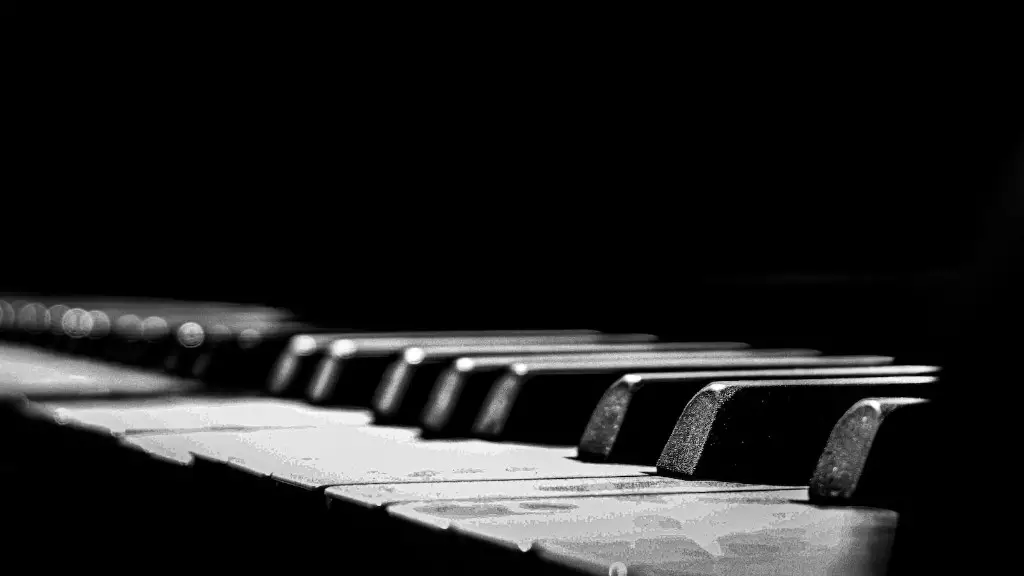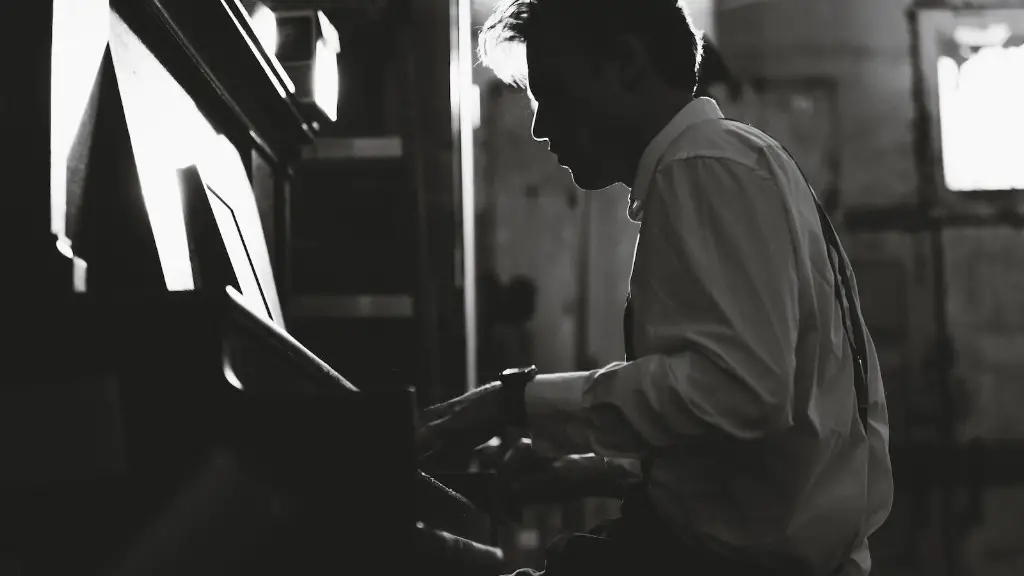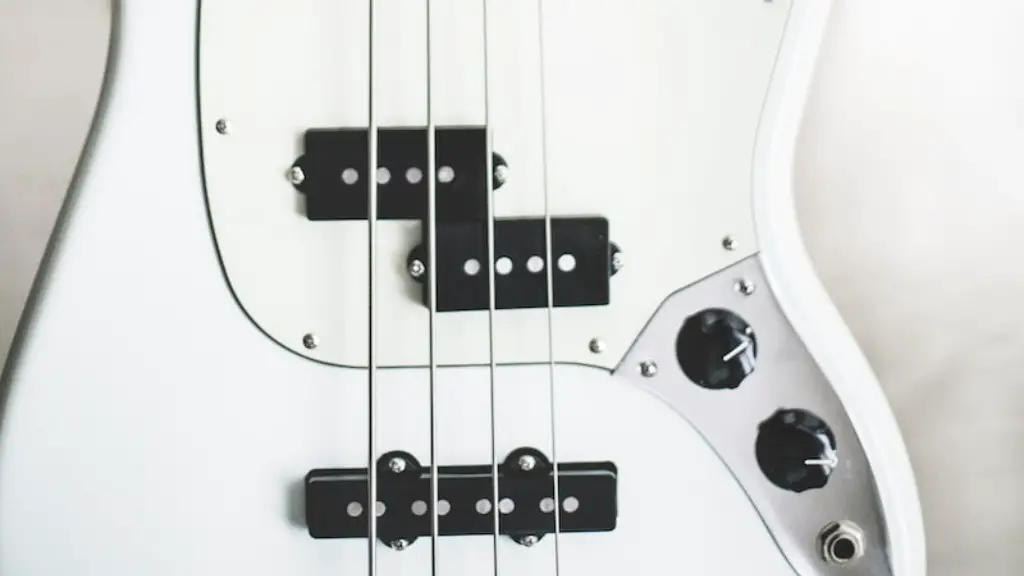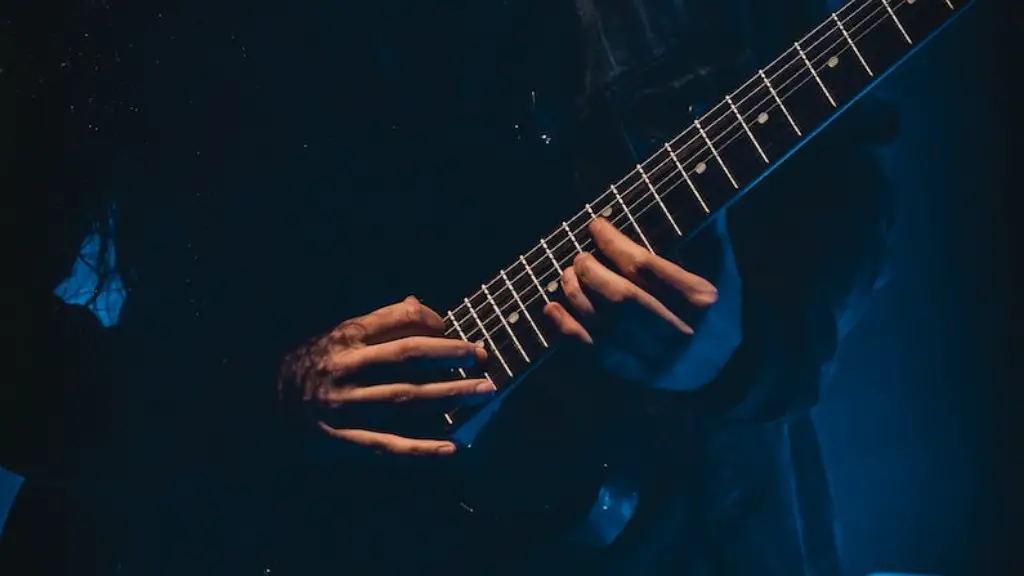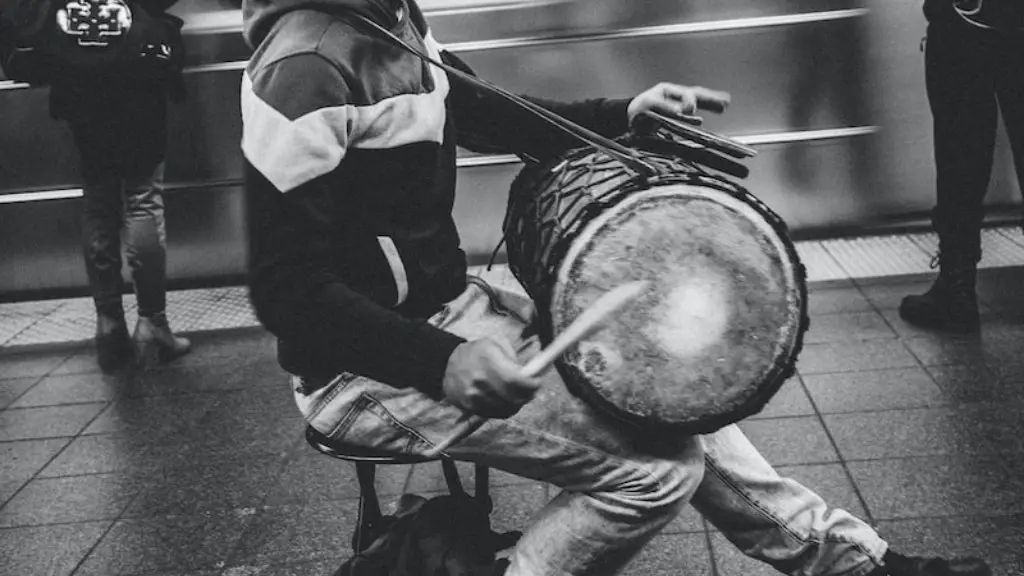Blind people are able to play piano just like anyone else, although it may take more practice and effort. Just like any other skill, playing the piano requires practice to develop a feel for the instrument and its keys. However, for a blind person it may be more challenging as they are unable to use visual cues.
But this does not mean that a blind person cannot learn to play the piano. With some creativity and special adaptations, there are various ways in which blind people can successfully learn how to play the piano.
One of the most common methods is by studying Braille music scores or recordings of songs that have been transcribed into Braille. This allows blind musicians to follow along with the notes of a song as they hear it being played. Additionally, tactile stickers can be placed on keys to provide an easily identifiable reference. Other techniques such as memorization and muscle memory can also help blind piano players master their craft.
With dedication and perseverance, any obstacles faced by a blind person’s pursuit of learning the piano can be overcome.
Disadvantages of Blind People Playing Piano
Blind people can indeed play the piano, however there are some disadvantages to consider. As visually impaired individuals lack the ability to see sheet music, they must rely on their memory and muscle memory when playing. This can often be difficult, as memorizing pieces without being able to read them can be challenging. Additionally, blind pianists may not be able to easily identify incorrect notes or chords. As musical notes often appear in close formation, it is difficult for a person with limited vision to accurately distinguish between similar notes.
Another disadvantage is that blind pianists may have difficulty performing with others. It can be difficult for a visually impaired individual to follow the tempo of others when playing. Additionally, they may not be able to easily coordinate with the other musicians in terms of intonation and tuning. Lastly, some blind pianists may find it difficult to adjust their instrument or adjust the settings on their keyboard. This is because they cannot see where knobs and dials are located on their instrument.
Techniques for Blind People to Play Piano
Blind people can play piano with the help of various techniques. One of the most common methods for a visually impaired person to learn piano is through Braille music notation. This system uses raised dots placed on paper in a six-dot cell, which represents one musical note. By learning the Braille system, blind people can read and play music written in it.
Another technique for blind piano players is tactile learning. This method involves feeling different parts of the keyboard with the fingers to identify notes, keys and other musical symbols. Through consistent practice and reinforcement, a blind person can learn to make music without relying on sight at all.
A third method used by blind individuals to learn how to play piano is auditory learning, which involves listening and repeating melodies until they become familiar enough to be played without difficulty. It is also possible for a visually impaired person to use electronic keyboards that have large buttons or touchscreen displays with audio feedback so they know when they’re playing the right notes.
Finally, there are organizations dedicated to helping blind people learn how to play instruments such as pianos, including special courses and accessible technology resources like software applications or devices that can help them learn more easily and efficiently.
With some dedication and effort, anyone can learn how to play the piano regardless of their vision levels!
Challenges in Teaching a Blind Person to Play Piano
Teaching a blind person to play the piano can be a unique challenge. Without the ability to read sheet music or see the notes on the keys, teaching a blind person requires patience, dedication, and creativity. Traditional methods of teaching music and reading sheet music must be adjusted to accommodate a student who is visually impaired. Most instructors start by introducing the student to the physical layout of the instrument itself, such as its size, shape, and placement on a stand. During these lessons, instructors teach students how to find middle C or other key locations by touch. Additionally, instructors can teach braille music notation or create tactile diagrams that help students identify notes on the keyboard.
In addition to teaching tactile skills for playing the piano, instructors must also help their visually impaired student develop an auditory sense of pitch and tone. Listening exercises and ear training are essential components of any successful piano lesson plan for a blind student. Instructors may also provide recordings of classic pieces for their student to listen and learn from.
Finally, it is important that instructors remember that blind students are capable of learning at the same rate as sighted students. With patience and creativity, it is possible for blind students to learn how to play the piano with great skill and enjoyment.
Benefits of Teaching a Blind Person to Play Piano
Teaching a blind person to play the piano can be incredibly rewarding and beneficial. It gives them an opportunity to express themselves creatively, explore music and sound, and interact with the world around them in a meaningful way. Additionally, playing an instrument like the piano can help develop a blind person’s spatial intelligence, strengthen their hand-eye coordination, and give them a sense of accomplishment. Furthermore, learning how to play the piano can offer blind people a sense of structure as they progress through musical pieces and gain musical knowledge.
Learning to play the piano gives blind people access to activities which are often not available for those with sight impairments. As such, teaching a blind person how to play the piano can be an incredibly meaningful experience for both teacher and student alike. By teaching someone who is visually impaired how to play the instrument, we are helping them unlock a whole new world of possibilities.
Aids for the Visually Impaired When Playing the Piano
Yes, blind people can play the piano. There are a variety of aids available to help those with vision impairments learn and play the piano. Braille music is one such aid, as it allows a person to read traditional music notation in Braille. Additionally, special technology devices can be used to help blind people “see” and feel what notes they are playing, allowing them to develop their skills with greater accuracy. Finally, talking keyboards can be used so that the keys are labeled with audio prompts for those who cannot see them. With these aids, visually impaired individuals can enjoy playing the piano just as much as anyone else.
The piano is an incredibly rewarding and enjoyable activity for everyone, including those with vision impairments. With the right tools and resources, it is possible for blind people to learn and master this musical instrument.
Famous Musicians Who are Visually Impaired or Blind
Yes, blind people can play piano! Throughout history, some of the world’s most talented musicians have been visually impaired or blind. Famous examples include rock and roll pioneer Ray Charles, classical composer Ludwig van Beethoven and soul singer Stevie Wonder. These artists have made incredible contributions to the music industry despite their visual impairment.
Ray Charles was born with a visual impairment that eventually led to total blindness. Despite his disability, he became a highly successful musician and composer, recording hits such as “What’d I Say” and “Georgia on My Mind.” He revolutionized popular music by blending elements of gospel, jazz, blues and country into a unique sound.
Ludwig van Beethoven was born with normal vision but lost his sight in his late twenties due to an unknown illness. Despite this setback, he continued to compose some of the world’s most beloved classical pieces including his famous Symphony No. 9 in D Minor.
Stevie Wonder is another iconic musician who has achieved great success despite his visual impairment. He has won 25 Grammy Awards for songs like “Superstition” and “Isn’t She Lovely” and is widely regarded as one of the greatest singers of all time.
These three musicians demonstrate that with dedication and perseverance, anything is possible – even playing the piano while blind!
Closing Words
To conclude, blind people can play piano with the same level of skill as sighted people. It may take more practice for them to learn how to play the instrument, but with the proper guidance, they can become proficient pianists. Many famous musicians are blind or visually impaired and have used their talent to make a name for themselves. The key is that everyone has the potential to master any skill if they put in enough effort and practice.
